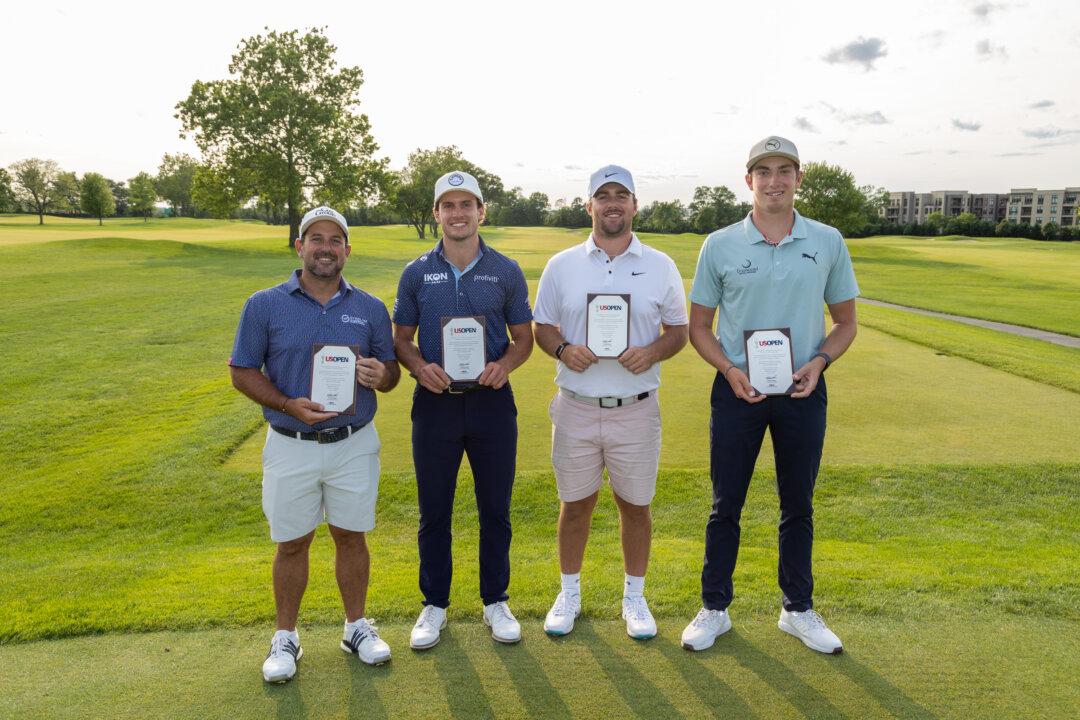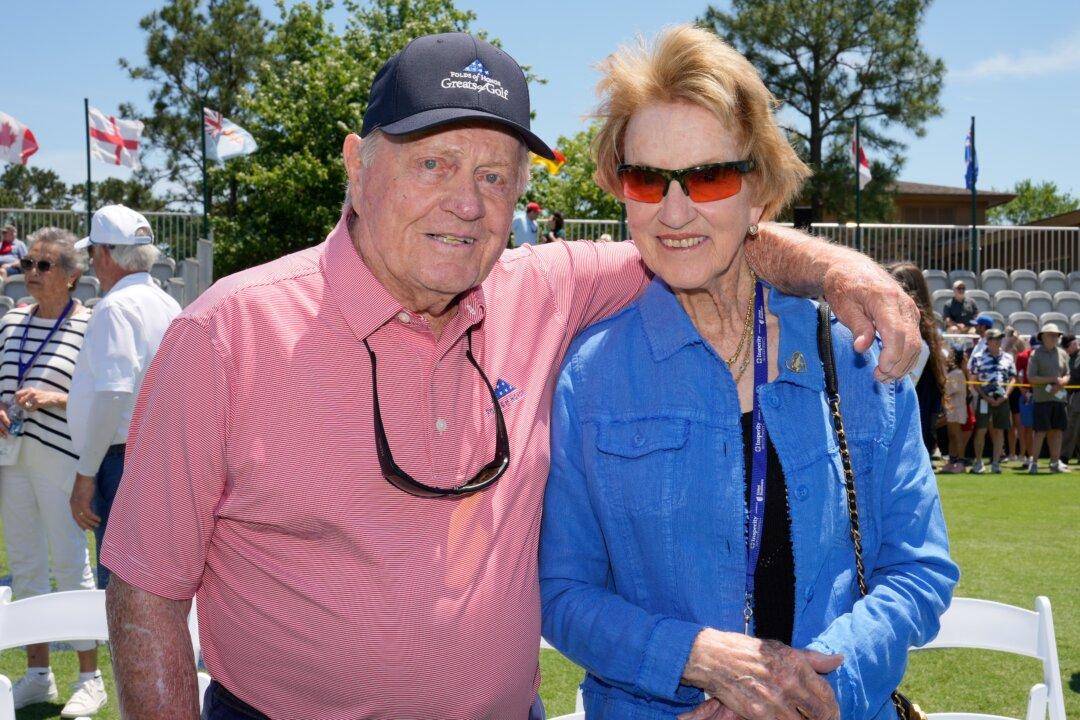University Place, WA—Despite all the negative comments from various players in this year’s U.S. Open at Chambers Bay concerning the lack of consistency of a number of the putting surfaces, the reality is that the United States Golf Association (USGA), the event’s organizer, will return in the near future for a return engagement.
Why? The reasons are quite straightforward. The Pacific Northwest is fertile ground that the USGA has been cultivating for a number of years. Various other national championships have been held in the broader region over the years—the Men’s Open was the last big domino to fall.
Besides the event selling out, the USGA signed up more than 4,500 volunteers in 36 hours for the event—no past event can match that enthusiasm. Since this was the first time the Men’s Open has been in the Pacific Northwest the USGA will certainly not abandon the region and allow the PGA of America or PGA Tour to poach Chambers Bay with a future PGA Championship or other high profile event. Too much time, energy and money were spent. Getting a return visit was always in the cards—unless a complete breakdown happened.
From the time the discussions heated up in having a Men’s Open held in the area, the USGA shepherded every move to ensure the end result would fit quite nicely into it’s concepts of what is needed for America’s National Championship. So what are the driving ingredients for an encore in roughly 10-15 years?





